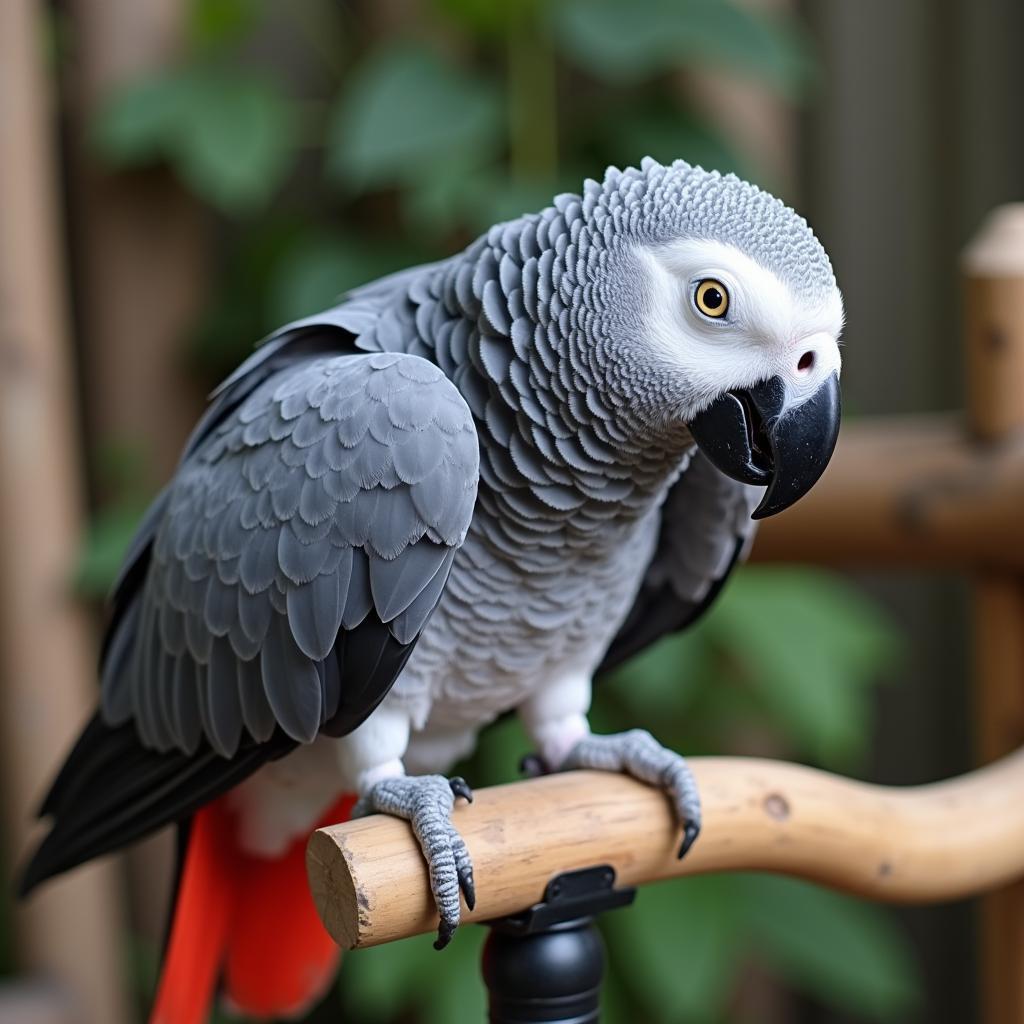A Journey Through the Colors of Africa: Exploring the Vibrant World of African Colorful Tribes
Africa, a continent renowned for its diverse landscapes and rich history, is also home to a breathtaking array of cultures. Among its many treasures are the vibrant traditions of its numerous tribes, each a unique thread in the tapestry of the continent’s heritage. These African Colorful Tribes captivate the world with their striking attire, intricate beadwork, and elaborate body art, each element narrating tales of their history, beliefs, and way of life.
The Language of Color: Unveiling the Significance Behind the Hues
For many African colorful tribes, color is not merely an aesthetic choice; it’s a powerful language, imbued with deep cultural and spiritual meaning. Each hue carries significance, often representing social standing, marital status, or connection to the spiritual realm.
For instance, the iconic red ochre used by the Himba people of Namibia is not just a striking visual element; it symbolizes life, fertility, and the earth. Similarly, the Maasai people of Kenya and Tanzania utilize a vibrant palette of red, blue, and orange in their clothing and beadwork, each color corresponding to crucial aspects of their lives – bravery, the sky, and hospitality, respectively.
Beyond the Beads: The Art of Adornment in African Tribes
The artistry of African colorful tribes extends beyond their vibrant clothing. Intricate beadwork, elaborate hairstyles, and body modifications are all integral forms of expression.
- Beadwork: From the intricate necklaces of the Zulu people in South Africa to the elaborate headpieces of the Yoruba tribe in Nigeria, beadwork tells stories of lineage, status, and beliefs. The choice of colors, patterns, and materials used all hold deep meaning, often passed down through generations.
- Hairstyles: Hair is considered sacred in many African cultures, and the elaborate hairstyles of many tribes are a testament to this belief. The Himba women’s ochre-drenched braids signify their marital status, while the intricate cornrows of the Fulani people in West Africa reflect their social standing and clan affiliations.
- Body Art: From the intricate scarification patterns of the Karo people in Ethiopia to the lip plates of the Mursi tribe, body modifications are often rites of passage, signifying beauty, strength, and cultural identity.
Preserving Heritage in a Changing World
Today, many African colorful tribes navigate the challenges of preserving their rich cultural heritage in a rapidly modernizing world. The influx of Western influence and the pressures of globalization pose threats to their traditional way of life. However, there is a growing movement to document, preserve, and celebrate these unique cultures.
Organizations and individuals are working tirelessly to raise awareness about the importance of cultural preservation. By supporting fair trade initiatives, promoting cultural tourism, and educating future generations, there is hope that the vibrant traditions of African colorful tribes will continue to thrive for generations to come.
Experiencing the Beauty of African Colorful Tribes
Witnessing the vibrant traditions of African colorful tribes firsthand is an unforgettable experience. By approaching these encounters with respect and cultural sensitivity, travelers can gain a deeper understanding of their customs, beliefs, and artistic expressions.
Whether it’s attending a traditional ceremony, admiring the artistry of their craftwork, or simply engaging in a conversation to learn about their way of life, embracing the opportunity to connect with African colorful tribes offers a unique and enriching cultural experience.
FAQ about African Colorful Tribes
- Are all African tribes colorful? While many African tribes are known for their vibrant attire and adornments, it’s important to note that Africa is a vast continent with diverse cultures. Not all tribes place the same emphasis on colorful displays, and some may have more subdued or minimalist aesthetics.
- Is it appropriate to take photographs of people from African tribes? It’s crucial to always ask for permission before taking photos of individuals or groups. Respect their privacy and cultural sensitivities, and be prepared to offer a small donation in exchange for the privilege of photographing them.
- How can I learn more about specific African tribes? Numerous resources are available online and in libraries that provide insights into the history, customs, and traditions of various African tribes. Additionally, reputable tour operators specializing in cultural tours can offer immersive experiences and respectful interactions.
Further Exploration:
For a deeper dive into the world of African textiles and fashion, explore these insightful articles:
A Colorful Tapestry: Celebrating Diversity
The world of African colorful tribes is a testament to the continent’s rich cultural tapestry. Their vibrant traditions, intricate artistry, and deep connection to their heritage offer a glimpse into the diverse and fascinating cultures that thrive across Africa. By embracing the opportunity to learn, understand, and appreciate these unique traditions, we contribute to their preservation and celebrate the beauty of human diversity.
For inquiries and support, reach us at:
Phone: +255768904061
Email: [email protected]
Address: Mbarali DC Mawindi, Kangaga, Tanzania.
Our dedicated customer service team is available 24/7 to assist you.


